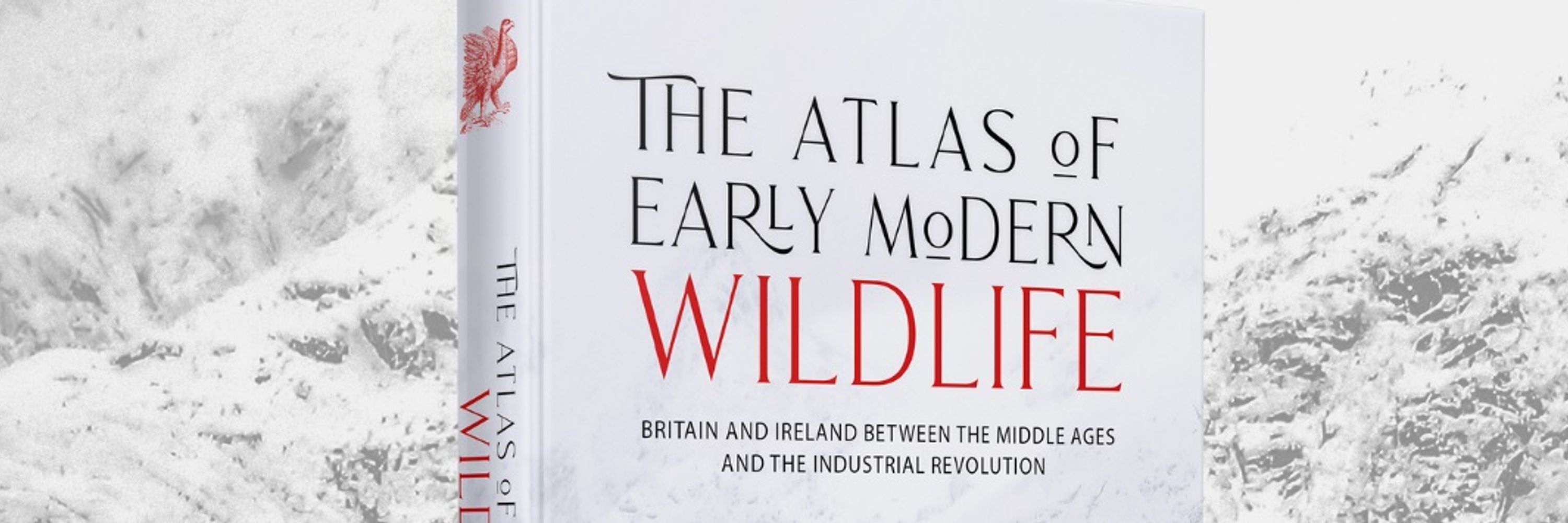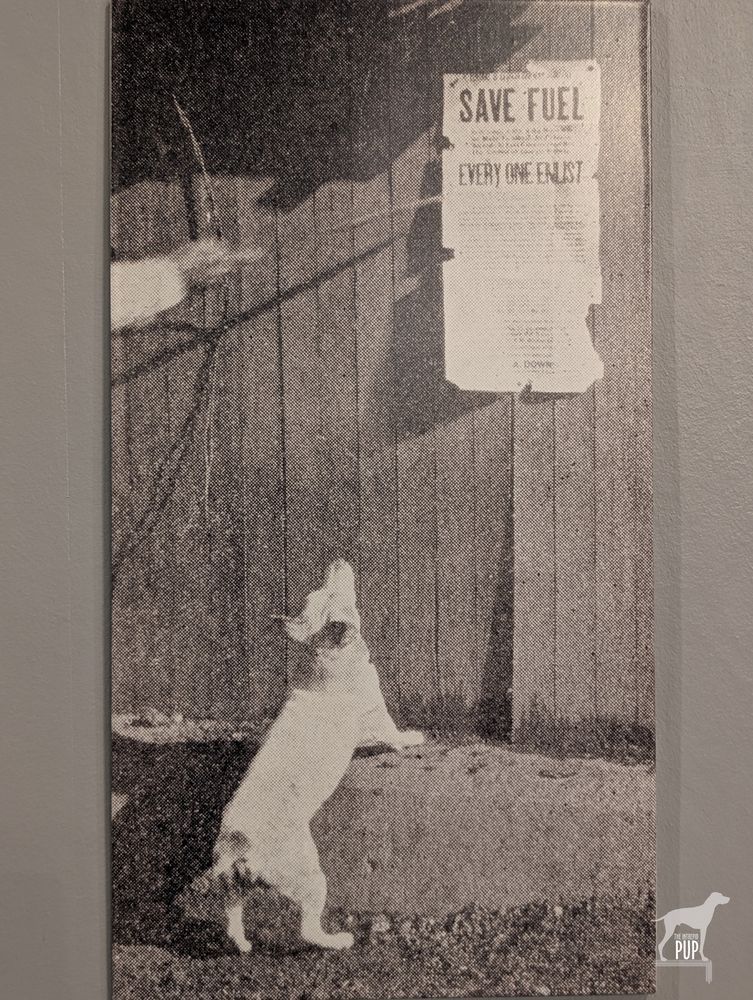Lee Raye
@leafyhistory.bsky.social
2.2K followers
1.8K following
190 posts
Associate Lecturer, Research Officer, studies medieval/early modern wild animals & plants.
Author: #AtlasofEarlyModernWildlife
Secretly a fox? 🦊 Slow worm friend. 🧚🏻🐉 they/them. 🍞🌹
(No access to DMs, email me)
Posts
Media
Videos
Starter Packs
Pinned
Reposted by Lee Raye
Reposted by Lee Raye
Reposted by Lee Raye
Reposted by Lee Raye
Reposted by Lee Raye
Reposted by Lee Raye
Reposted by Lee Raye
Reposted by Lee Raye
Reposted by Lee Raye
Reposted by Lee Raye
Reposted by Lee Raye
Reposted by Lee Raye


















![14 Sept 38 Fine display [of Northern Lights] seen from Glin at about 10pm (old time)
"If they appear early in the autumn they are a sign of bad weather - late in autumn a sign of good weather"
"Sign of another Great War"
"Oidhche Shamhna the púca spits on the sméara dubha. Can't be eaten after that night."
Same interpretation in N. Wales (Holy Isle)
https://www.duchas.ie/en/cbe/9001058/7289320/9107696?transcribe=true](https://cdn.bsky.app/img/feed_thumbnail/plain/did:plc:qujgqvotkbdjlrexvzeqp6az/bafkreih3iq5rqn5h4r2hwzmfnn7njwdfrvmspoukrwdjemhl6yww6e7nf4@jpeg)








